Home>Garden Essentials>How Long Does It Take Brassicas To Germinate
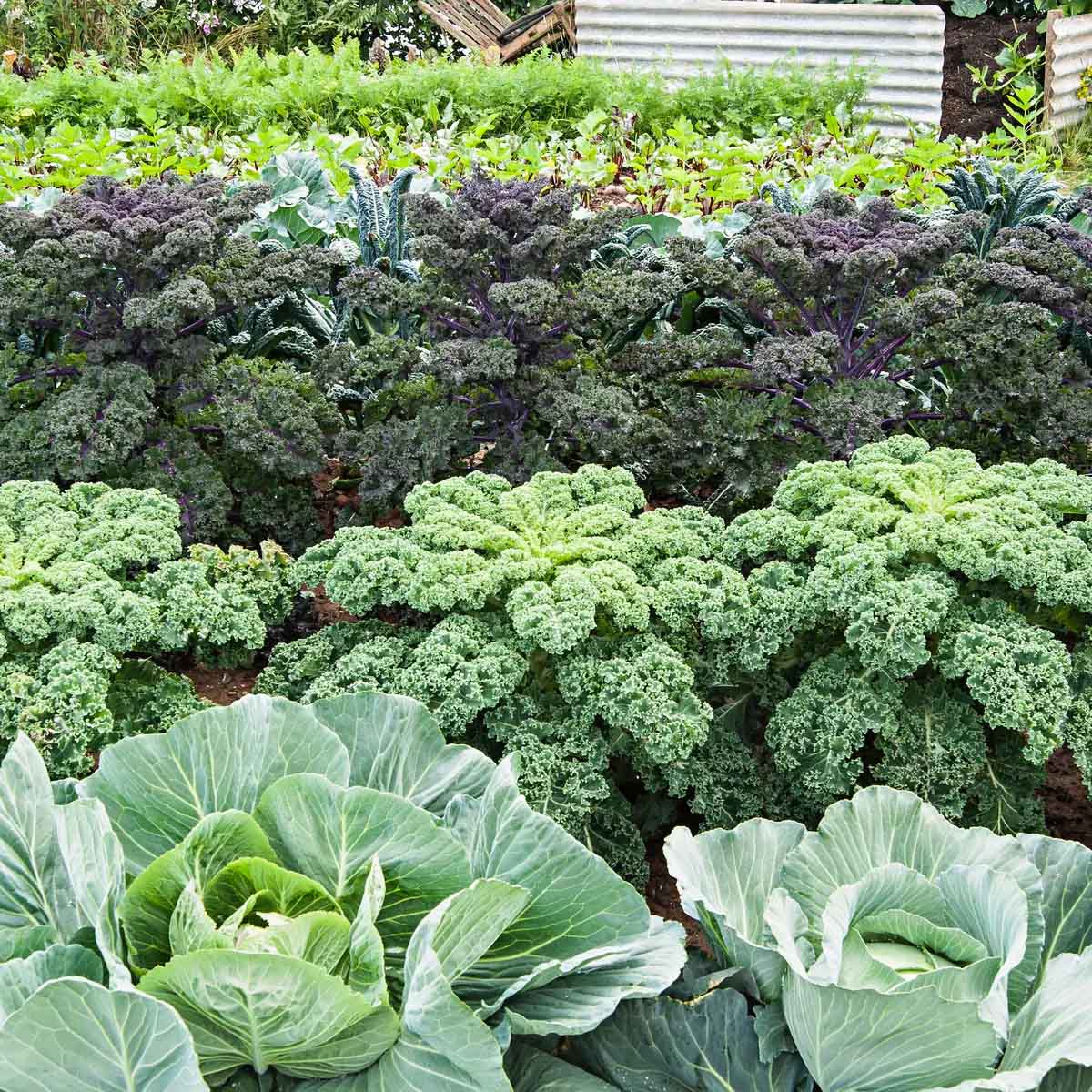

Garden Essentials
How Long Does It Take Brassicas To Germinate
Modified: March 24, 2024
Discover how long it takes for brassicas to germinate in your garden. Get insights on optimizing growth and ensuring a successful harvest with our comprehensive guide.
(Many of the links in this article redirect to a specific reviewed product. Your purchase of these products through affiliate links helps to generate commission for Storables.com, at no extra cost. Learn more)
Introduction
Welcome to the world of brassicas! These versatile plants are a staple in many gardens, offering delicious and nutritious vegetables like kale, cabbage, broccoli, and more. If you’re a gardening enthusiast looking to grow brassicas, one question that may come to mind is: How long does it take for brassicas to germinate?
The germination period is the time it takes for a seed to break open and sprout into a seedling. This process is crucial as it marks the beginning of a plant’s growth cycle. Understanding the factors that affect brassica germination and the typical germination times for different brassica species can help you plan and manage your garden more effectively.
So, let’s dive into the fascinating world of brassica germination and explore the various factors that can influence the speed and success of this process.
Key Takeaways:
- Brassica seeds need the right temperature, moisture, and darkness to sprout. Factors like seed quality and dormancy can affect germination, so it’s important to provide ideal conditions for successful growth.
- Different brassica species have specific germination times and preferences. Understanding these factors and overcoming potential delays, such as extreme temperatures and inadequate moisture, can lead to a flourishing garden of nutritious vegetables.
Read more: How Long Does It Take Sorghum To Germinate
Factors Affecting Brassica Germination
Several factors play a crucial role in the germination of brassica seeds. By understanding and manipulating these factors, you can optimize the germination process and increase your chances of success. Let’s explore them below:
Temperature: Brassicas are cool-season crops, meaning they prefer cooler temperatures for germination. The optimal soil temperature for brassica seed germination is between 55°F and 75°F (13°C and 24°C). Higher temperatures can inhibit or even prevent germination, while lower temperatures can slow down the process.
Moisture: Adequate moisture is essential for successful germination. The seeds need to be consistently moist but not waterlogged. Make sure to provide sufficient irrigation without overwatering. The ideal moisture level for germination is around 50% to 70% relative humidity in the soil.
Light: Most brassica seeds do not require light to germinate. In fact, they germinate best when covered with a thin layer of soil, as darkness promotes germination. However, some brassica species, such as cress and mustard greens, may benefit from exposure to light during germination. It’s crucial to read the specific instructions on your seed packet to determine whether light is necessary.
Seed Quality: The quality of the seeds you use directly impacts germination. Always choose high-quality seeds from reputable sources. Ensure that the seeds are fresh, plump, and undamaged. Old or damaged seeds may have a lower germination rate, leading to delayed or unsuccessful germination.
Seed Depth: Brassica seeds should be planted at the correct depth for optimal germination. Generally, brassica seeds are sown at a depth that is two to three times the diameter of the seed. Planting seeds too shallow or too deep can affect germination rates.
Soil Type and pH: Brassicas thrive in well-draining, fertile soil with a slightly acidic to neutral pH level between 6.0 and 7.5. Poor soil conditions can hinder germination. Before planting, ensure your soil is properly prepared with organic matter and nutrients to support healthy germination and growth.
Pre-soaking and Scarification: Some brassica seeds have hard seed coats that can inhibit germination. To overcome this, you can soak the seeds in water overnight or scarify the seed coats lightly with sandpaper. These techniques help soften the seed coat, allowing for better water absorption and germination.
By paying attention to these factors and providing the ideal conditions for germination, you can set your brassica seeds up for success.
Temperature
The temperature of the environment plays a crucial role in the germination process of brassica seeds. Brassicas are cool-season crops, meaning they thrive in cooler temperatures and have specific temperature preferences for germination.
For most brassica species, the optimal soil temperature for germination falls within the range of 55°F to 75°F (13°C to 24°C). At these temperatures, the seeds are more likely to germinate quickly and successfully. Higher temperatures can inhibit or even prevent germination, while lower temperatures can slow down the process.
It’s important to note that different brassica species may have slightly different temperature preferences. For example:
- Kale: Kale seeds prefer slightly cooler temperatures during germination, around 50°F to 65°F (10°C to 18°C). Lower temperatures can enhance germination rates for kale.
- Cabbage: Cabbage seeds have a similar temperature preference as other brassicas, between 55°F and 75°F (13°C to 24°C).
- Broccoli: Broccoli seeds also prefer temperatures within the range of 55°F to 75°F (13°C to 24°C) for optimal germination.
- Brussels sprouts: Brussels sprouts have a slightly wider temperature range for germination, from around 45°F to 80°F (7°C to 27°C). However, the ideal temperature is still within the cooler end of the spectrum.
To maintain the optimal soil temperature for germination, you can use various strategies:
- Time of planting: Timing your brassica planting according to the appropriate season or growing zone can help ensure that the soil temperature is within the desired range.
- Provide shade or use shade cloth: If you’re planting brassicas during periods of high heat or in warmer climates, providing shade or using shade cloth can help cool down the soil and create a more suitable environment for germination.
- Mulch: Applying a layer of organic mulch, such as straw or wood chips, can help regulate soil temperature by insulating the soil from extreme temperature fluctuations.
It’s crucial to monitor the temperature and make adjustments accordingly to create the best conditions for germination. Using a soil thermometer can be a helpful tool for accurate temperature measurement.
By providing the optimal temperature for germination, you can set your brassica seeds up for success and ensure healthy seedling development.
Moisture
Moisture is a critical factor for the successful germination of brassica seeds. Adequate moisture levels provide the necessary hydration for the seeds to break dormancy and initiate the germination process.
When it comes to moisture, it’s important to strike the right balance. The seeds need to be consistently moist, but not waterlogged. If the soil is too dry, the seeds may not have enough moisture to germinate, while excessive moisture can lead to rotting and poor germination rates.
Here are a few guidelines to ensure proper moisture for brassica seed germination:
- Prepare the soil: Before planting, make sure the soil is well-draining to prevent waterlogging. Amending the soil with organic matter, such as compost, can improve moisture retention while promoting drainage.
- Water the soil: Prior to planting, thoroughly water the soil to the desired moisture level. The soil should feel evenly moist but not saturated.
- Monitor soil moisture: Throughout the germination process, monitor the moisture levels regularly to ensure they remain within the optimal range. Check the soil moisture by inserting your finger into the soil or using a moisture meter.
- Provide consistent watering: It’s important to maintain consistent soil moisture during the germination period. Water the soil gently to avoid displacing the seeds or forming puddles. Aim for a slightly damp soil surface at all times.
- Prevent drying out: As the seeds germinate, it’s crucial to prevent the soil from drying out. Depending on the temperature and moisture levels, you may need to water the soil every few days or when the surface starts to dry out.
It’s essential to note that overwatering can be just as detrimental as underwatering. Excessive moisture can lead to root rot, fungal diseases, and poor germination rates. Be mindful of the moisture levels and adjust your watering accordingly.
Additionally, using techniques like mulching can help retain soil moisture and reduce evaporation. Applying a layer of organic mulch around the plants also helps regulate soil temperature and prevents weed growth, which can compete with the brassica seedlings for moisture and nutrients.
By providing consistent and appropriate moisture levels, you can significantly improve the germination success of your brassica seeds and support the healthy growth of your seedlings.
Light
Light is an essential factor in the growth and development of plants, but its role in brassica seed germination is somewhat different. While most brassica seeds do not require light to germinate and actually prefer darkness, there are some exceptions to this rule.
The majority of brassica seeds, including those of kale, cabbage, broccoli, and Brussels sprouts, germinate best in the absence of light. These seeds typically need to be covered with a thin layer of soil to ensure darkness during the germination process.
The reason behind this preference for darkness is that brassica seeds rely on internal cues to determine when to initiate germination. Light exposure can actually inhibit germination by providing a signal that conditions may not be suitable for growth.
However, there are a few brassica species that require light for germination. This includes plants like cress and mustard greens. These seeds need to be in contact with light to trigger germination. It’s important to check the specific instructions on the seed packet or consult reliable sources to determine whether light is necessary for germination.
Here are a few tips regarding light exposure during brassica seed germination:
- Planting depth: For most brassica seeds, ensure they are planted at the recommended depth, which is typically two to three times the diameter of the seed. This helps ensure darkness and provides optimal conditions for germination.
- Provide darkness: If you are growing brassica seeds that prefer darkness, make sure to cover them with a thin layer of soil to exclude light. This can enhance germination rates.
- Expose to light (if required): For brassica seeds that require light for germination, ensure that they are in direct contact with the soil surface and not buried too deeply. This allows them to receive the necessary light exposure to trigger germination.
Once the seeds have germinated and the seedlings emerge, light becomes crucial for their growth. Brassicas are typically considered full-sun plants, meaning they require at least 6-8 hours of direct sunlight per day to thrive. Ensuring they receive adequate light during the growing season will promote healthy growth and development.
By understanding the light preferences of the specific brassica species you are growing and providing the appropriate conditions (whether darkness or light exposure), you can optimize the germination process and set your seeds up for successful growth.
Read more: How Long Does It Take For Mint To Germinate?
Seed Quality
The quality of the seeds used for brassica germination is a vital aspect that greatly influences the success of the germination process. Using high-quality seeds ensures a higher germination rate and healthier seedlings.
When selecting brassica seeds, it’s important to keep the following factors in mind:
- Freshness: Choose seeds that are relatively fresh. Avoid using seeds that are past their expiration date as their viability decreases over time.
- Appearance: Inspect the seeds visually. They should be plump, intact, and free from any physical damage or discoloration. Avoid seeds that are shriveled, cracked, or appear moldy.
- Reputable sources: Purchase seeds from trusted and reliable seed suppliers or nurseries. They are more likely to provide high-quality, properly stored seeds.
- Germination rate: Some seed packets indicate their germination rate. Choosing seeds with higher germination rates increases the likelihood of successful germination.
Proper storage of seeds also plays a crucial role in maintaining their quality and viability. Store seeds in cool, dry, and dark conditions, preferably in a sealed container or airtight bag. This helps protect them from moisture, excessive heat, and exposure to light, all of which can decrease their viability over time.
It’s important to note that using seeds saved from your previous crops can be a cost-effective option. However, keep in mind that the germination rate and overall quality of saved seeds may vary. Ensure that you store and handle saved seeds properly to maintain their viability.
If you are uncertain about the quality of your seeds or want to improve germination rates, you can conduct a simple germination test. Place a few seeds between moist paper towels or in a seedling tray and observe their germination over a period of time. This can give you an estimate of the germination rate and help you determine whether the seeds are viable.
Investing in high-quality seeds increases the chances of successful germination and healthy seedling development. By choosing fresh, visually intact seeds from reputable sources and ensuring proper storage, you can set yourself up for an optimal germination experience.
Germination Time for Different Brassica Species
The germination time for brassica seeds can vary depending on the specific species and environmental conditions. Understanding the typical germination durations for different brassica species can help you plan and manage your garden more effectively. Here’s an overview of the germination times for some common brassica species:
- Kale: Kale seeds typically germinate within 5 to 10 days. Some varieties may take longer, up to 14 days. Keep in mind that kale prefers slightly cooler temperatures for germination, around 50°F to 65°F (10°C to 18°C).
- Cabbage: Cabbage seeds generally germinate within 7 to 10 days. The optimal temperature range for cabbage germination is between 55°F and 75°F (13°C to 24°C).
- Broccoli: Broccoli seeds typically take 7 to 14 days to germinate. The ideal soil temperature for broccoli germination is the same as cabbage, between 55°F and 75°F (13°C to 24°C).
- Brussels Sprouts: Brussels sprouts have a slightly longer germination period, usually between 10 to 14 days. The temperature range preferred by Brussels sprout seeds is wider, ranging from 45°F to 80°F (7°C to 27°C).
- Mustard Greens: Mustard greens are fast-growing brassicas, with seeds germinating in as little as 3 to 5 days. They prefer temperatures similar to other brassica species, between 55°F and 75°F (13°C to 24°C).
It’s important to note that these are general guidelines, and the actual germination time can vary depending on factors such as temperature, moisture levels, seed quality, and other growing conditions. Additionally, different varieties within each brassica species may have slightly different germination times.
By understanding the typical germination durations for different brassica species, you can better plan your planting schedule and anticipate when to expect seedlings to emerge. Properly monitoring and providing optimal growing conditions can help ensure successful germination and healthy plant development.
Brassicas, such as broccoli and cabbage, typically germinate in 5-10 days when soil temperature is around 70°F. Keep soil consistently moist for best results.
Brassica oleracea
Brassica oleracea is a species of the Brassica genus that encompasses a variety of popular vegetables, including kale, cabbage, broccoli, cauliflower, Brussels sprouts, and kohlrabi. These versatile and nutritious vegetables are beloved by gardeners and culinary enthusiasts alike.
When it comes to germination, Brassica oleracea seeds have similar requirements to other brassica species. The optimal soil temperature for germination ranges from 55°F to 75°F (13°C to 24°C).
Growing brassica oleracea starts with seed germination, which typically takes place within 7 to 14 days, depending on the specific variety and growing conditions. It’s important to note that different varieties within the Brassica oleracea species may have slightly different germination timings.
Here are some examples of the germination times for popular vegetables within the Brassica oleracea species:
- Kale: Kale seeds usually germinate within 5 to 10 days. Some varieties may take up to 14 days. Kale prefers slightly cooler temperatures during germination, around 50°F to 65°F (10°C to 18°C).
- Cabbage: Cabbage seeds typically germinate within 7 to 10 days. The optimal temperature range for cabbage germination is between 55°F and 75°F (13°C to 24°C).
- Broccoli: Broccoli seeds commonly take 7 to 14 days to germinate. The ideal soil temperature for broccoli germination is the same as cabbage, between 55°F and 75°F (13°C to 24°C).
- Brussels Sprouts: Brussels sprouts have a slightly longer germination period, usually ranging from 10 to 14 days. They prefer a wider temperature range for germination, from 45°F to 80°F (7°C to 27°C).
- Cauliflower: Cauliflower seeds generally germinate within 7 to 14 days. Similar to cabbage and broccoli, the optimal soil temperature for cauliflower germination is between 55°F and 75°F (13°C to 24°C).
It’s important to provide adequate moisture, maintain the recommended temperature range, and ensure high-quality, viable seeds for successful germination. Once the seeds have germinated, it’s essential to provide them with the appropriate care, including proper watering, sunlight, and nutrient-rich soil, to support their growth into healthy and productive plants.
By understanding the specific germination requirements and timings for Brassica oleracea vegetables, you can optimize the germination process, plan your planting schedule accordingly, and enjoy a bountiful harvest of these nutritious vegetables in your garden.
Brassica napus
Brassica napus, commonly known as rapeseed or oilseed rape, is a species of the Brassica genus that is widely cultivated for its oil-rich seeds. The seeds are used for various purposes, including cooking oil, animal feed, and biodiesel production. While Brassica napus is primarily grown for its oil, it is also possible to cultivate it for its tender greens.
When it comes to germination, Brassica napus seeds have similar requirements to other brassica species. To achieve successful germination, it’s important to provide the right growing conditions.
The optimal soil temperature for Brassica napus germination falls within the range of 55°F to 75°F (13°C to 24°C). It is important to maintain consistent moisture levels throughout the germination process, ensuring the soil is consistently moist but not waterlogged.
The germination time for Brassica napus seeds can vary, typically ranging from 7 to 14 days. However, individual varieties and growing conditions can impact the germination duration.
Here are some tips to facilitate the germination process of Brassica napus:
- Seeding depth: Plant the seeds at a depth of approximately 1/4 to 1/2 inch (6 to 12 mm) in the soil. Ensure they have adequate soil contact for optimal germination.
- Moisture: Consistently maintain the moisture levels in the soil throughout the germination period. Avoid overwatering, as it can cause the seeds to rot.
- Temperature: Keep the soil temperature within the optimal range of 55°F to 75°F (13°C to 24°C) to support successful germination. Using row covers or planting during the appropriate season can help maintain the desired temperature.
- Thinning: Once the seedlings have emerged, thin them out to provide ample space for growth and prevent overcrowding.
- Light: Brassica napus seeds do not require light for germination. Keep the seeds covered with a thin layer of soil to ensure darkness during the germination process.
As the Brassica napus plants grow, they usually require full sun, well-draining soil, and adequate nutrients for optimal growth and development. Regular watering, appropriate spacing, and providing the necessary care throughout the growing season will help ensure healthy plants and a successful harvest.
Whether you are cultivating Brassica napus for its oil-rich seeds or its tender greens, understanding its germination requirements and providing the ideal conditions can contribute to a successful and rewarding gardening experience.
Brassica rapa
Brassica rapa is a species of the Brassica genus that includes several popular and diverse vegetables such as turnips, bok choy, Chinese cabbage, and rapini, also known as broccoli rabe. These vegetables are known for their versatility, unique flavors, and nutrient content.
When it comes to germination, Brassica rapa seeds have specific requirements that can vary depending on the specific variety and growing conditions. Understanding these requirements can help ensure successful germination and healthy plant development.
The optimal soil temperature for germinating Brassica rapa seeds typically falls within the range of 55°F to 75°F (13°C to 24°C). It is important to provide consistent moisture levels throughout the germination process, ensuring that the soil remains evenly moist but not waterlogged.
The germination time for Brassica rapa seeds can vary depending on the variety and conditions, but generally, germination occurs within 5 to 10 days. Some varieties may take slightly longer, so it’s important to refer to specific instructions or seed packets for more accurate germination times.
Here are some tips to facilitate the germination process of Brassica rapa:
- Seeding depth: Plant the seeds at a depth of approximately 1/4 to 1/2 inch (6 to 12 mm) in the soil. Ensure they have adequate soil contact while avoiding planting them too deeply.
- Moisture: Consistently maintain the moisture levels in the soil throughout the germination period. Avoid overwatering, as it can lead to fungal diseases or waterlogged conditions that hamper germination.
- Temperature: Keep the soil temperature within the optimal range of 55°F to 75°F (13°C to 24°C) to support successful germination. Row covers or planting during the appropriate season can help maintain the desired temperature.
- Thinning: Once the seedlings emerge and develop their first set of true leaves, thin them out to provide adequate spacing for growth. Thinning also helps reduce competition for nutrients and sunlight.
- Light: Brassica rapa seeds typically do not require light for germination. Planting them at the recommended depth and ensuring the soil covers the seeds should provide the necessary darkness for successful germination.
As Brassica rapa plants grow, they will benefit from full sun exposure, well-draining soil, and regular watering. Adequate spacing between plants, proper nutrition, and attention to pest and disease control are important factors to consider for a successful harvest.
Each Brassica rapa variety may have slightly different growing preferences and harvest times, so it’s important to consult specific instructions or reputable gardening resources for precise information. With proper care and attention, you can enjoy the bountiful harvest and culinary delights that Brassica rapa vegetables have to offer.
Brassica juncea
Brassica juncea, commonly known as mustard greens or Indian mustard, is a species of the Brassica genus that is highly valued for its flavorful and nutritious leaves. Mustard greens are known for their peppery taste and are popular in various cuisines around the world.
When it comes to germination, Brassica juncea seeds have specific requirements that contribute to successful growth and development. Understanding these requirements can help ensure successful germination and healthy mustard green plants.
Brassica juncea seeds germinate well within a temperature range of 65°F to 75°F (18°C to 24°C). Keeping the soil consistently moist within this temperature range will promote optimal germination. It is important to note that mustard greens prefer slightly warmer temperatures compared to other brassica species.
The germination time for Brassica juncea seeds is relatively short. Under ideal conditions, mustard greens typically germinate within 4 to 7 days after sowing. However, germination times can vary depending on environmental factors and seed quality.
Here are some tips to facilitate the germination process of Brassica juncea:
- Seeding depth: Plant the seeds at a depth of approximately 1/4 to 1/2 inch (6 to 12 mm) in the soil. Ensure the seeds have adequate soil contact without being planted too deeply.
- Moisture: Mustard greens require consistent moisture for germination. Keep the soil evenly moist, but avoid overwatering, as this can lead to problems such as root rot or poor germination.
- Temperature: Maintain a soil temperature within the optimal range of 65°F to 75°F (18°C to 24°C) for successful germination. Consider using row covers or planting during the appropriate season to help maintain the desired temperature.
- Thinning: Once the seedlings emerge, thin them out, ensuring proper spacing between plants. This will allow each plant to receive adequate light, nutrients, and airflow for optimal growth.
- Light: Mustard greens seeds do not require light for germination. Plant them at the recommended depth and ensure the soil covers the seeds. Once germination occurs, provide the plants with full sun exposure for healthy leaf development.
Mustard greens are relatively fast-growing, and with the right care, you can harvest young leaves for fresh salads or wait for them to mature for cooked greens. Ensure the plants receive adequate water, nutrients, and sunlight to support their growth.
By providing the ideal growing conditions and adhering to proper care practices, you can enjoy a bountiful harvest of flavorful and nutritious mustard greens from your garden.
Brassica nigra
Brassica nigra, commonly known as black mustard, is a species of the Brassica genus that is highly valued for its seeds, which are used to produce mustard condiments. This versatile plant is known for its pungent flavor and is a staple ingredient in various culinary traditions around the world.
When it comes to germination, Brassica nigra seeds have specific requirements for successful growth and development. Understanding these requirements can help ensure optimal germination and the cultivation of healthy black mustard plants.
The optimal soil temperature for germinating Brassica nigra seeds ranges between 45°F and 80°F (7°C to 27°C). Maintaining consistent moisture and temperature within this range is crucial for promoting successful germination.
Black mustard seeds typically germinate relatively quickly, usually within 4 to 7 days under favorable conditions. However, it’s important to note that germination times can vary depending on factors such as seed quality and environmental conditions.
Here are some tips to facilitate the germination process of Brassica nigra:
- Seeding depth: Plant the seeds at a depth of approximately 1/4 to 1/2 inch (6 to 12 mm) in the soil. Ensure the seeds have good soil contact without being buried too deeply.
- Moisture: Provide consistent moisture to the soil during the germination process. Keep the soil evenly moist but avoid overwatering, as excessive moisture can lead to rot or poor germination.
- Temperature: Maintain a soil temperature within the optimal range of 45°F to 80°F (7°C to 27°C) to support successful germination. Consider using row covers or planting during the appropriate season to help maintain the desired temperature.
- Thinning: Once the seedlings emerge, thin them out to ensure proper spacing between plants. This allows each plant to receive adequate light, nutrients, and airflow, promoting healthier growth.
- Light: Brassica nigra seeds do not require light for germination. Plant them at the recommended depth and ensure the soil covers the seeds. Once germination occurs, provide the plants with full sun exposure for optimal growth and seed production.
Black mustard plants can reach a height of up to 4 feet (1.2 meters) and produce clusters of small yellow flowers that eventually develop into seed pods. To harvest the seeds, allow the pods to dry on the plant, then collect and store them in a cool, dry place.
By providing the ideal growing conditions and proper care, you can successfully cultivate Brassica nigra and enjoy the flavorful and versatile mustard seeds it produces, adding a unique and pungent taste to your culinary creations.
Factors That Can Delay Germination
While germination is a natural and exciting process in plant growth, there are several factors that can contribute to delays in the germination of seeds. Understanding these factors can help you identify potential issues and take appropriate measures to optimize the germination process. Here are some common factors that can delay germination:
- Temperature extremes: Extreme temperatures can impede germination. Both excessively high and low temperatures can negatively impact seed germination rates. If the soil temperature is too hot or too cold, it can slow down or prevent germination altogether. It’s important to provide a suitable temperature range for optimal germination.
- Inadequate moisture: Insufficient moisture levels can delay germination. Seeds need moisture to break dormancy and trigger the germination process. Inconsistent or inadequate watering can prevent seeds from absorbing enough water to initiate germination. It’s crucial to maintain optimal soil moisture levels throughout the germination period.
- Poor seed quality: The quality of the seeds themselves can affect germination. Seeds that are old, damaged, or have been improperly stored may have lower viability and germination rates. Using high-quality, fresh seeds from reputable sources can help increase the chances of successful germination.
- Seed dormancy: Some seeds have natural dormancy mechanisms that prevent immediate germination, even under suitable conditions. Seed dormancy is an evolutionary adaptation to ensure survival in unfavorable conditions. Dormancy can be overcome through processes like stratification, scarification, or soaking. Understanding the specific requirements of different seed types can help break dormancy and promote germination.
- Insufficient light: While most brassica seeds do not require light for germination, some species or varieties may have light-dependent germination. If seeds that require light are buried too deep, they may exhibit delayed or inhibited germination. Ensuring that seeds that need light receive adequate exposure can promote timely germination.
- Seed coat hardness: Some seeds, especially those of certain brassica species, have hard seed coats that can impede water penetration, hindering germination. Strategies such as scarification or soaking the seeds overnight can help soften the seed coats and improve germination rates.
It’s important to note that germination can also vary depending on the specific species, variety, and environmental conditions. By understanding these potential factors that can delay germination, you can make adjustments and provide the necessary conditions to promote successful germination and ensure the healthy development of your plants.
Conclusion
Growing brassicas can be a rewarding and enjoyable experience, whether you’re cultivating kale, cabbage, broccoli, or any other member of the Brassica genus. Understanding the factors that affect brassica germination is key to optimizing the growth and success of your plants.
Temperature, moisture, light, and seed quality all play crucial roles in the germination process. Providing the ideal conditions, such as maintaining the right soil temperature and moisture levels, ensuring adequate light exposure or darkness, and using high-quality seeds, can greatly increase your chances of successful germination.
Each species within the Brassica genus may have its own specific characteristics and germination requirements. Kale, cabbage, broccoli, Brussels sprouts, and other brassica species all have their preferred temperature ranges and germination times. It’s important to familiarize yourself with the specific needs of the plants you’re growing to achieve the best results.
Factors such as temperature extremes, inadequate moisture, poor seed quality, seed dormancy, insufficient light, and hard seed coats can cause delays in germination. By being aware of these potential challenges, you can take proactive steps to overcome them and optimize the germination process.
Remember to observe and monitor your plants closely, paying attention to any signs of poor germination or slow growth. Making adjustments to the growing conditions, such as adjusting watering schedules or providing appropriate temperatures, can help support healthier germination and ensure successful plant growth.
By implementing these strategies and understanding the specific needs of the brassica species you’re growing, you’ll be well on your way to a flourishing garden filled with delicious and nutritious brassica vegetables.
So, get ready to sow those seeds, nurture your plants, and enjoy the bountiful harvest that awaits you! Happy gardening!
Frequently Asked Questions about How Long Does It Take Brassicas To Germinate
Was this page helpful?
At Storables.com, we guarantee accurate and reliable information. Our content, validated by Expert Board Contributors, is crafted following stringent Editorial Policies. We're committed to providing you with well-researched, expert-backed insights for all your informational needs.



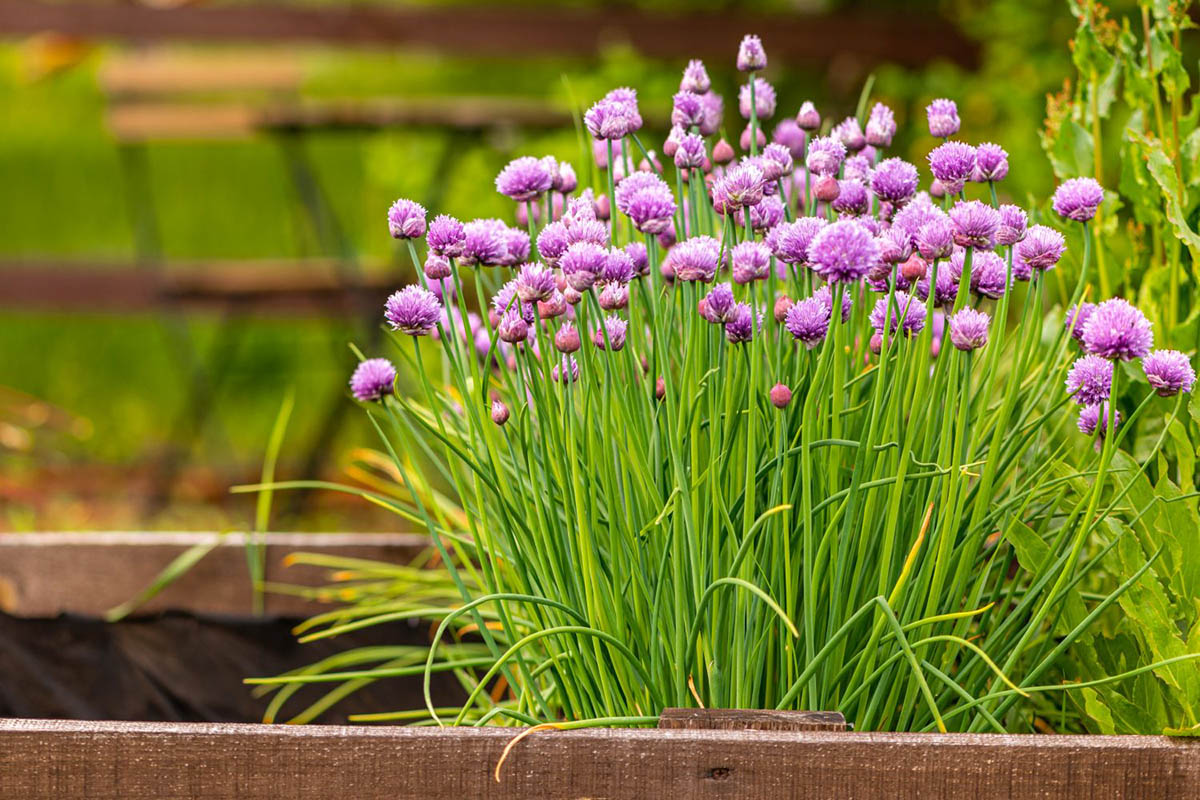
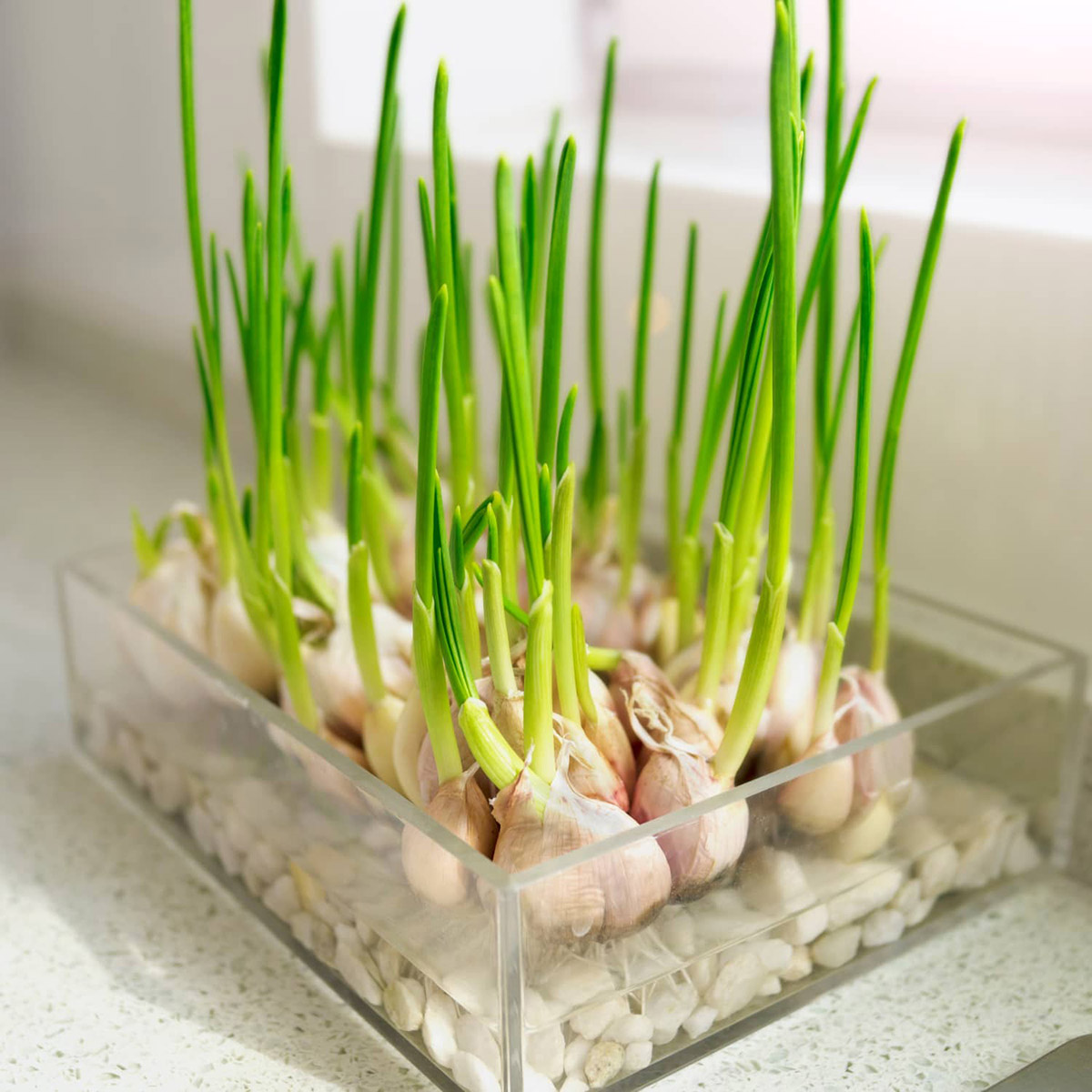
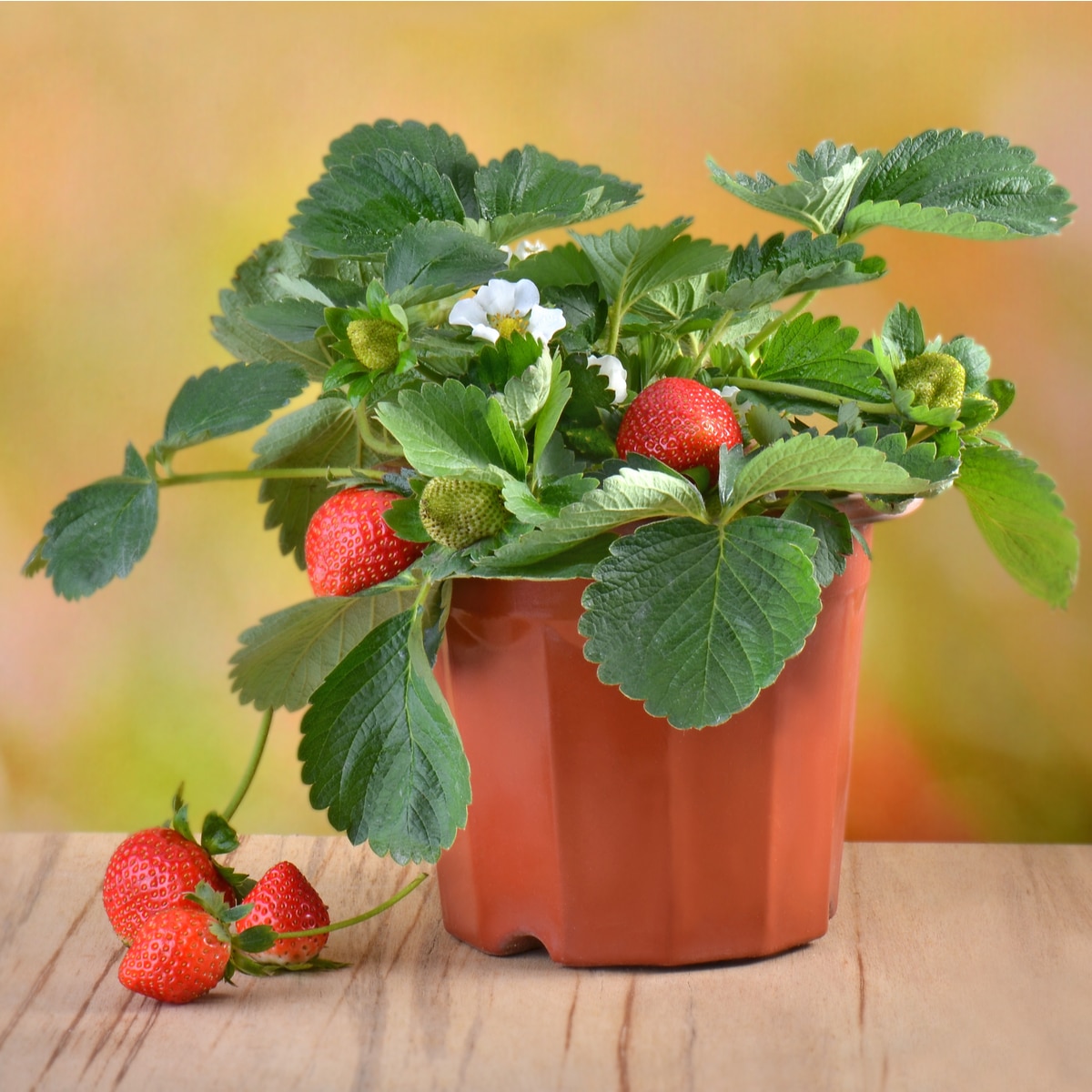
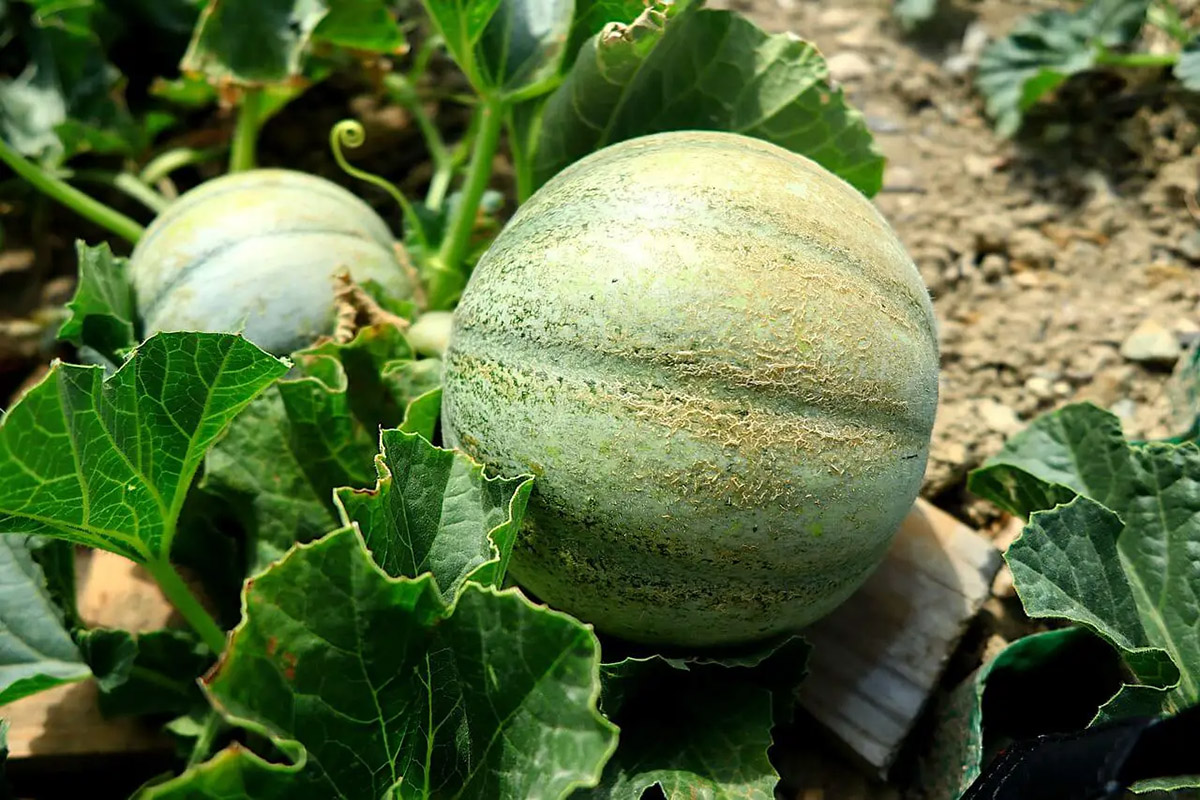
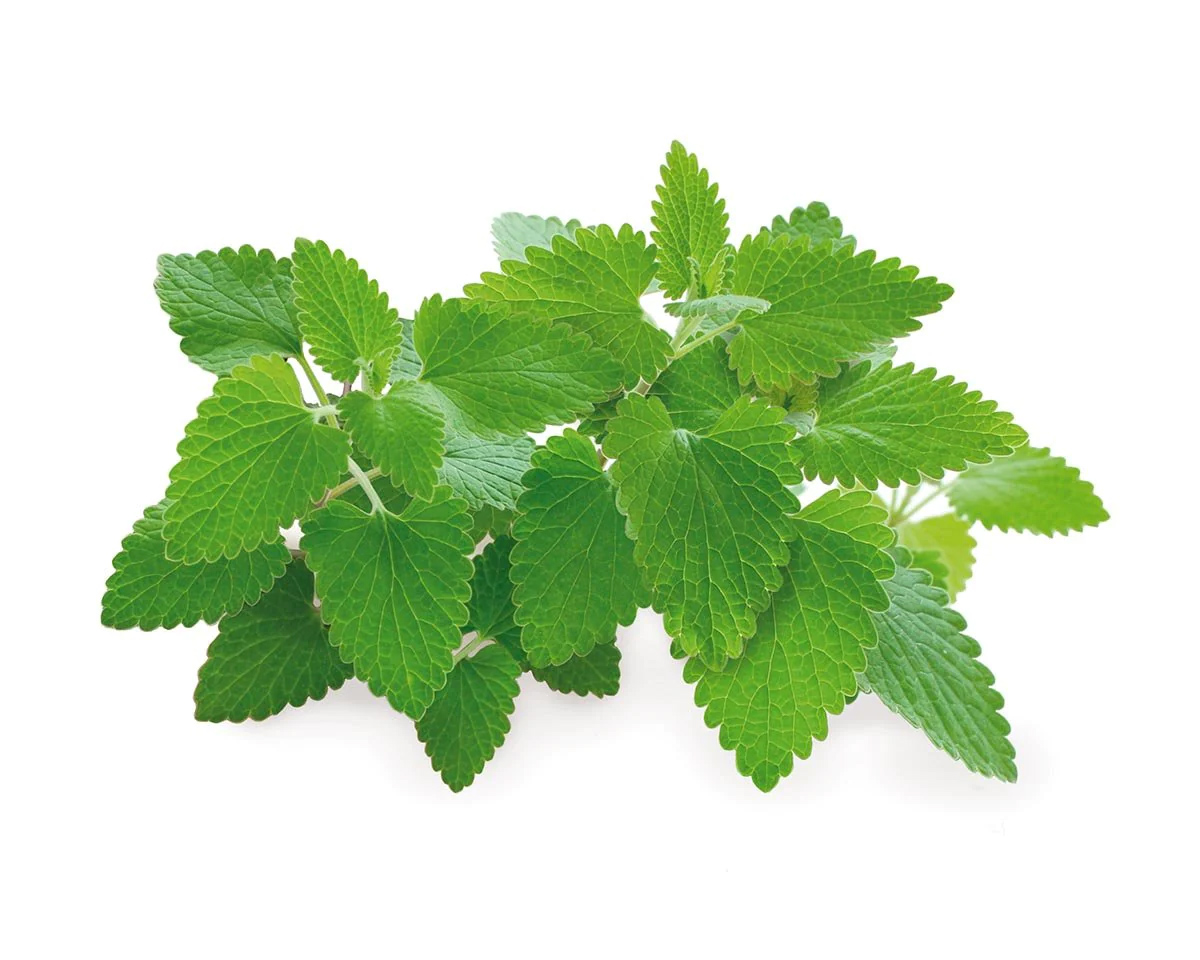
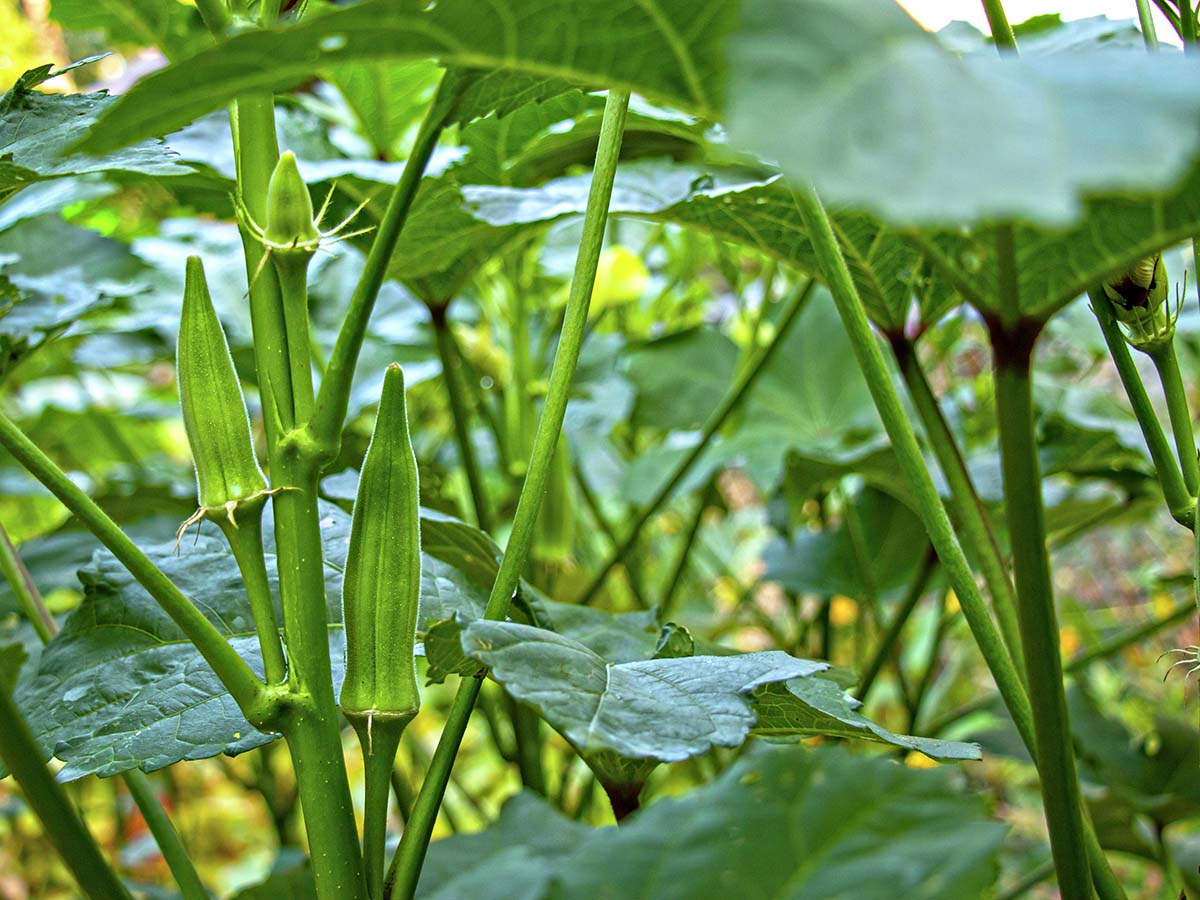
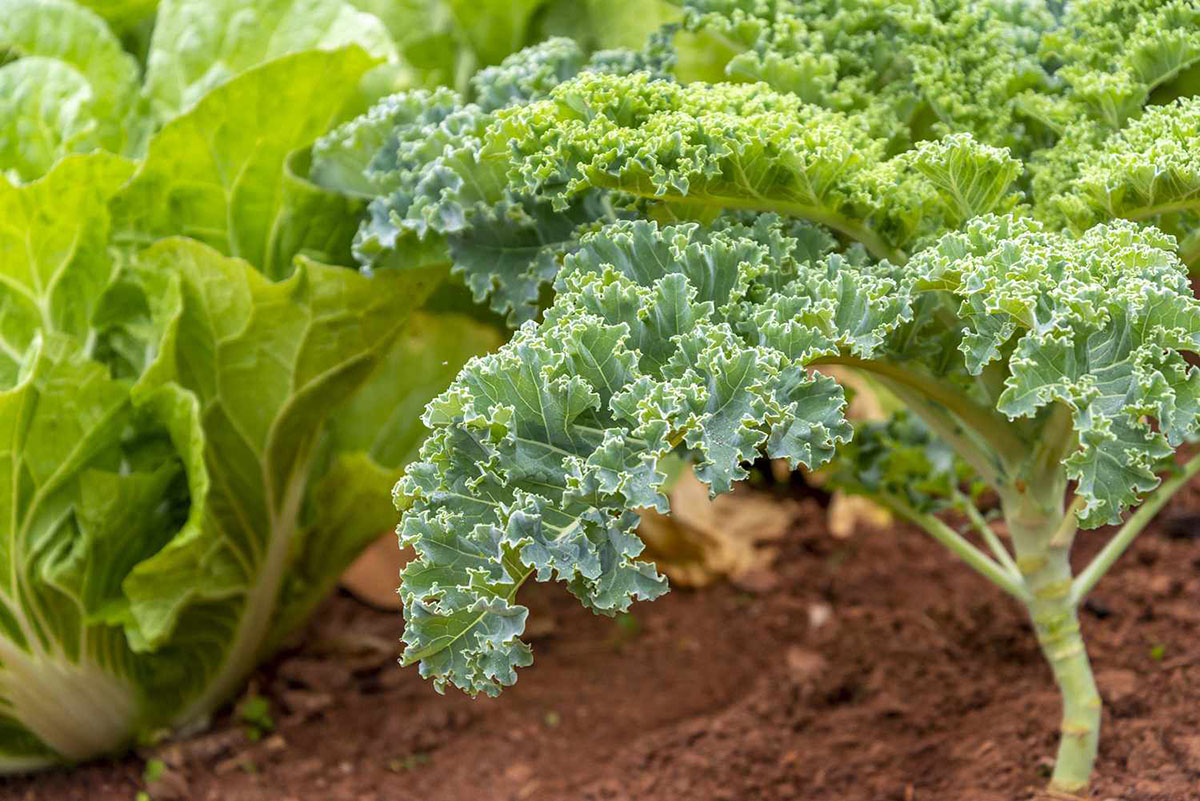
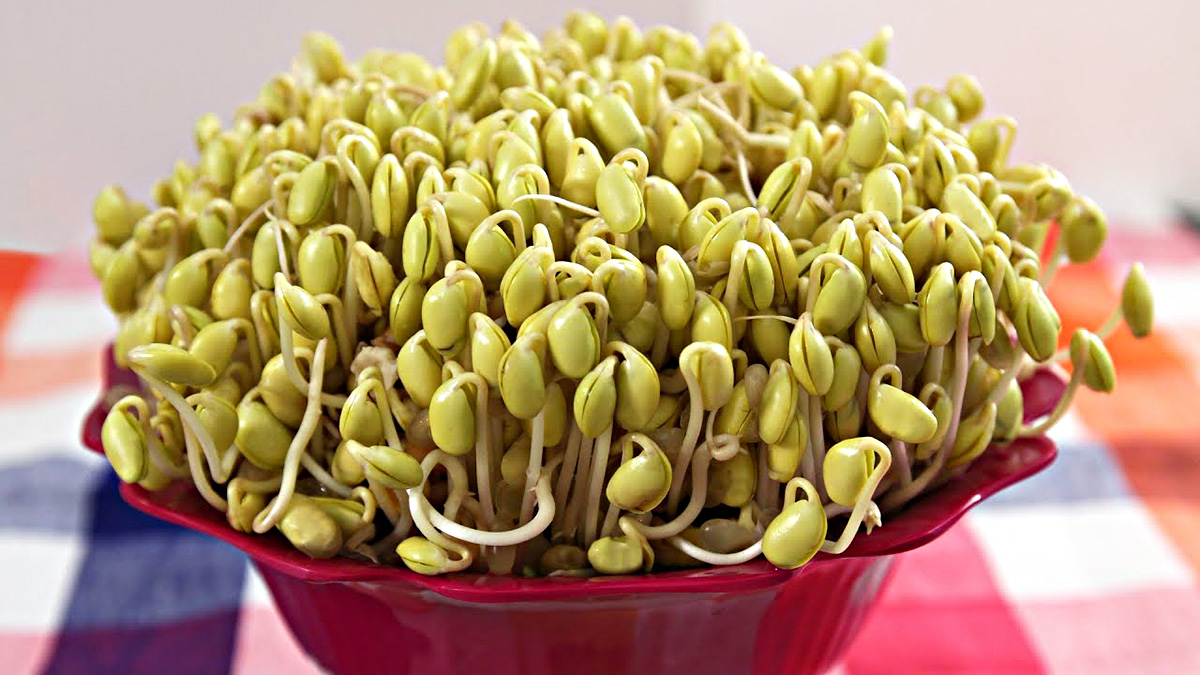
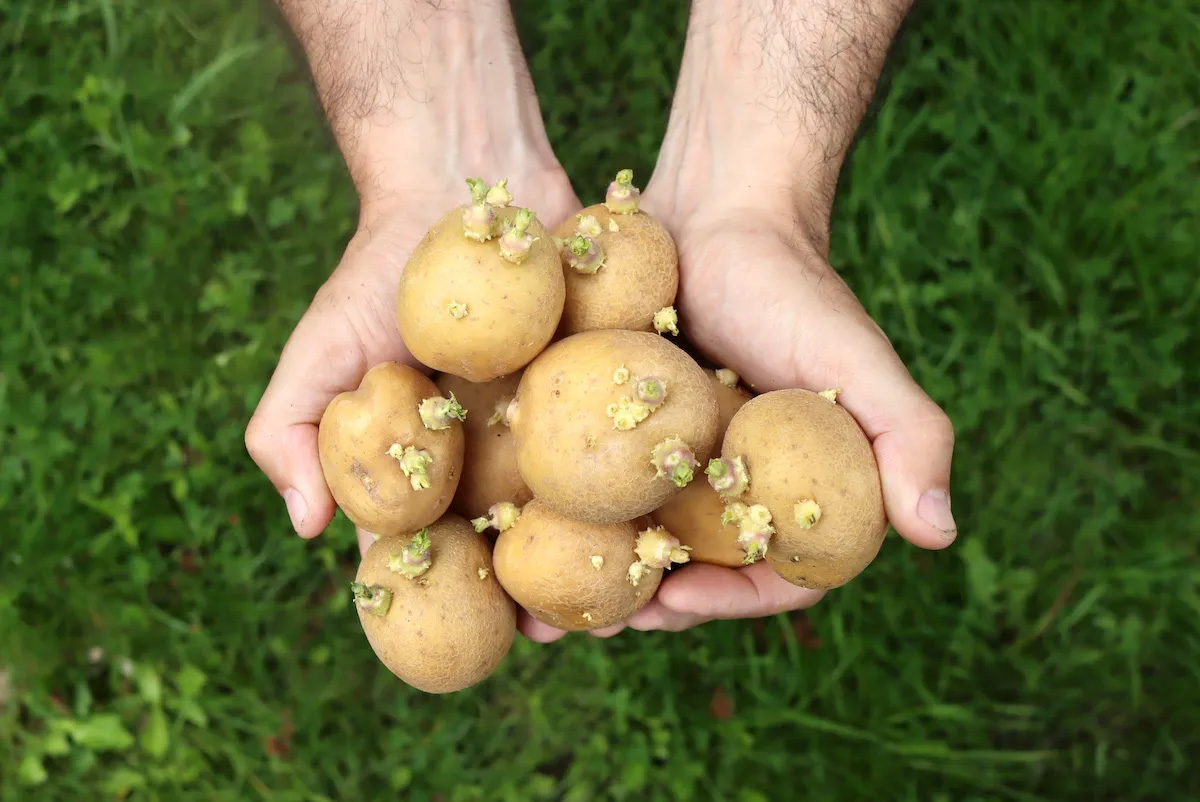

0 thoughts on “How Long Does It Take Brassicas To Germinate”